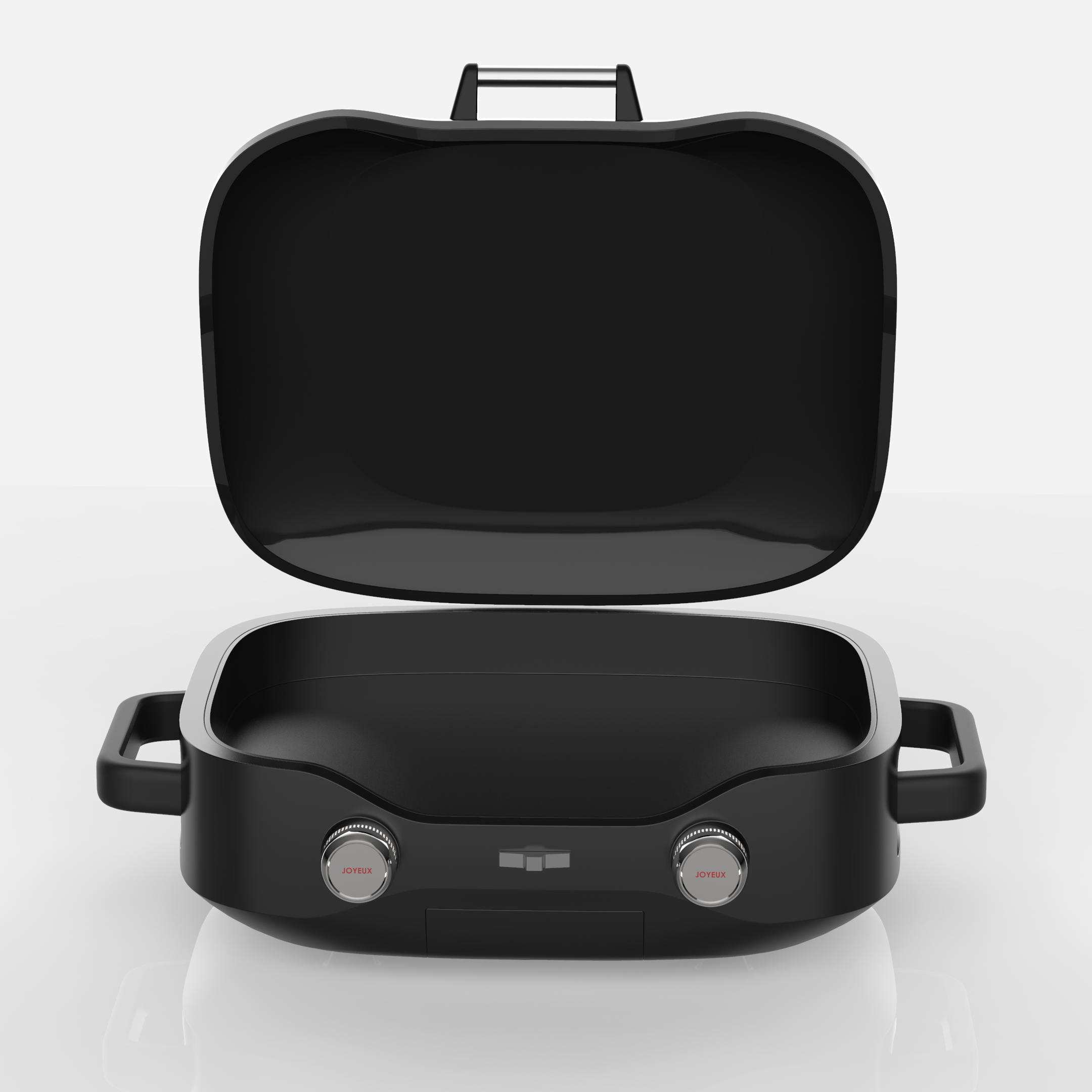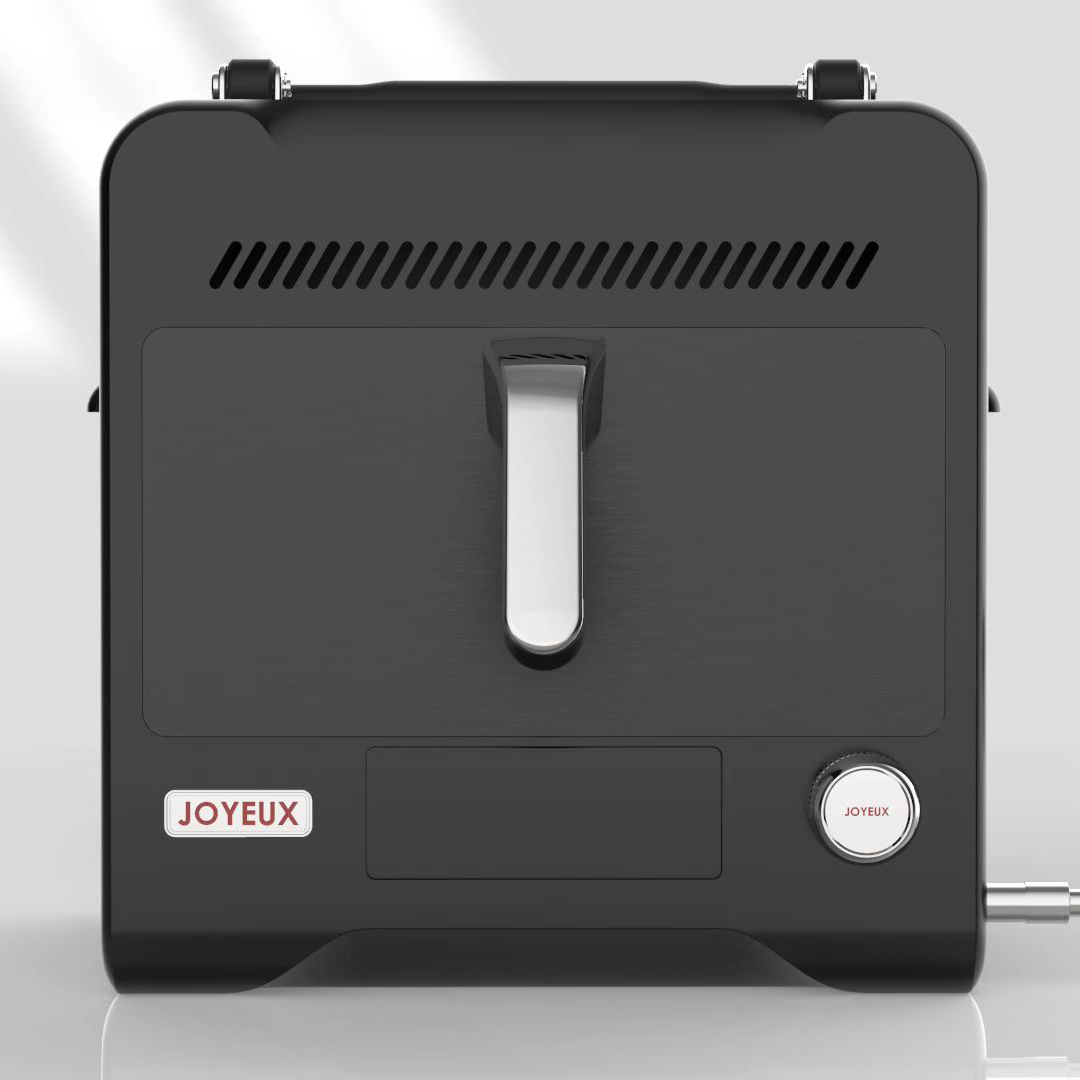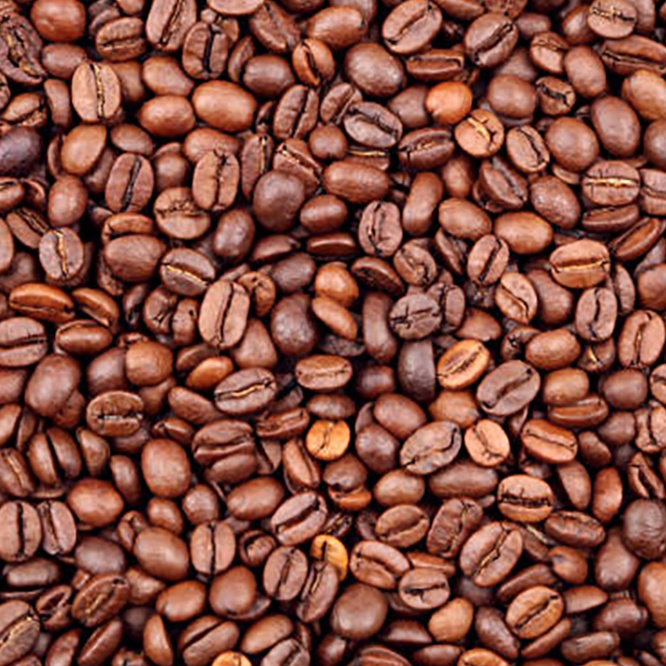Product Details
Varietal/Cultivar (Bean Variety)
Commercial beans are available in two main varietals or cultivars: Coffea arabica (Arabica beans) and Coffea robusta (Robusta beans). These two varieties vary in their cultivation, taste and cost.
Arabica coffee has a smooth, sweet and delicate flavor with sugary chocolate undertones. These beans can also contain wine, fruit or berry notes. On the other hand, Robusta is earthier and grittier with a heavier body and bitter aftertaste.
Arabica tends to grow at higher altitudes and in cooler average temperatures. In contrast, Robusta grows at lower elevations and thrives in higher average temperatures.
Robusta is also easier to grow and yields more coffee per hectare than Arabica. As such, it’s more abundant and costs less on the market. Because of this, higher-quality coffee tends to either be 100% Arabica or a blend of Robusta and Arabica beans.
Roast Level
The roast level of your beans is significant, affecting the flavor profile, tasting notes and mouthfeel of coffee. As beans roast for longer, changing from light roasts to dark roasts, the original flavors and caffeine content decrease.
Dark roast: Dark roasts contain less caffeine and are less acidic. Darker roasted beans are oily and have a deep, smoky flavor. A dark roast is ideal for espresso, cold brew or black drip coffee with cream and milk.
Medium roast: Medium roasts are popular because of their well-rounded flavor profile and moderate mouthfeel. They are less acidic and fruitier than light roasts, but less rich than dark roasts. Medium roasts are sweet, smooth, mellow and chocolaty; perfect for espresso or pour-over coffee.
Light roast: Light roast coffee is light brown and has no oil on the bean’s surface. These coffees have a sharp acidity, gentle body and vibrant flavor profile. Lighter roasts preserve the roasted bean’s distinct and original characteristics. This makes light roasts perfect for pour-over or drip coffee.
Freshness
There’s nothing like a cup of freshly-roasted coffee! When choosing coffee beans, always ensure that your beans are freshly roasted. You should consume roasted coffee within a specified time frame. This is because, over time the flavors formed by the chemical reaction during the roasting process disappear.
Most coffee connoisseurs agree that brewing coffee beans anywhere from 7 to 21 days after the roast date yields better coffee. Always check each coffee bag for a roasting date and buy the most recent one.
Growing Regions
Coffee grows in over 70 equatorial countries in the Coffee Belt. It thrives in rich soils at higher elevations with cooler temperatures. Each growing region produces a unique coffee bean flavor profile.
Floral, fruit and wine notes are prominent in African coffees from Ethiopia, Rwanda and Kenya. They are bright and flavorful with a distinct sharp acidity.
In contrast, Central Americans from countries like Costa Rica, Guatemala, and Nicaragua are clean and well-balanced. They also show fruity tones and moderate-to-high acidity.
South American coffees (Brazil, Peru and Colombia) contain pronounced chocolate and nut flavors. They generally have medium body and acidity with hints of plum and brown sugar.
In Southeast Asia, coffee tends to be earthy, nutty and spicy. These coffees have a rich, heavy body, bitter aftertaste and silky molasses undertones.
Growing Altitude
You’ll often see the elevation at which coffee was grown printed on the package. This will be a number followed by “masl,” which means “meters above sea level.” This is important, because elevation has a big impact on a coffee’s flavor profile.
Low-altitude coffee (1250 masl) tends to be earthy with a heavier body and refined acidity.
Medium-altitude coffee (1250 – 1500 masl) has a little more acidity and sweetness with a more luscious mouthfeel.
High-altitude coffee (grown at 1500 – 2200 masl) is more aromatic and complex in flavor. It also has pronounced acidity with sweet fruit flesh or wine grapes undertones.
Processing Method
While this may seem inconsequential, your coffee’s processing method after harvest really affects its taste.
Natural processed coffees tend to be sweeter and fruitier, with a more complex flavor. These dry-processed coffees also have a larger body, lower acidity and undertones of chocolate, cherries and dried fruit.
In contrast, washed coffees have a cleaner, brighter and fruitier flavor profile. These coffees shine due to their unique high-grown flavor and refined acidity.
Semi-washed or wet-hulled coffee beans are rich and earthy, with a unique sweetness and acidity that other coffees can’t match. This is typical of Indonesian coffee from Sumatra, and offers coffee lovers a one-of-a-kind taste experience.
Finally, the honey processing method (pulped natural coffee) gives beans a sweeter taste than washed coffee. The coffee has a cleaner flavor, complex acidity and more juiciness than natural processed coffees.
Caffeine Content
There’s nothing worse than the coffee jitters! When choosing coffee, the amount of caffeine you desire (and can handle) is critical. Too much might have adverse effects on your general health.
What’s Your Preferred Brewing Method?
You’ve probably heard the saying, “different strokes for different folks.” The same goes for coffee! Some coffees tend to be better for specific brewing methods than others.
Bean origin also counts. Although there are two main coffee varieties – Arabica and Robusta – it’s not that simple. You might feel like the best coffees are 100% Arabica or an Arabica-Robusta blend. Different types of coffee have distinct qualities, which impacts which preparation method suits them best.
Darker roasts from Brazil, Kona, Indonesia, Vietnam and Ethiopia often make the best espresso. They are resplendent with rich chocolate and spicy and nutty caramel notes. The extended roasting period gives the beans a deep, dark color and brings out more oils to the surface. This yields a shot with a sweet, nutty, balanced taste and rich, thick crema.
Light, medium or medium-dark roasts from Kenya, Rwanda, Ethiopia and Colombia are ideal for pour-over coffee. Manual brewing brings out the fruity and floral or nutty and chocolate flavor profiles. It also highlights the bright acidity typical of these coffees. Besides, the extraction here is much slower than for espresso.
Ethiopian, Costa Rican and Guatemalan coffees are your best bet if you prefer light roasts. This roast profile highlights the rich, zesty and floral tones in these coffees, best experienced as drip coffee.
Choosing Coffee: What to Avoid
Despite the industry’s emphasis on quality, bad coffee does exist. And I do encourage you to avoid bad coffee as much as possible as you could end up consuming harmful E-numbers, mixed-in dirt or worse roaches (yes, you read that right!). Not only will brewing bad coffee beans ruin your morning, it can also affect your health.
So what should you look for when choosing coffee based on quality? Consider the following factors when you choose coffee beans from your local grocery store or coffee shop.
Low-Grade, Mass-Produced Coffee
Unless you’re buying different types of coffee for bulk use, avoid coffee packed in large bags. Good quality coffee beans come in 12-ounce (340-gram) and 5-pound (2.3-kilogram) bags. Reputable coffee producers roast and pack their coffee beans this way to ensure fair prices as well as flavor and freshness in every cup.
Vacuum-sealed bags that preserve roasted coffee’s flavor, freshness and aroma are a must for the perfect cup. These airtight, watertight bags ensure coffee beans remain fresher for longer and save them from mold and oxidation.
Unethical and Non-Eco Friendly Coffee
Another factor to consider is that a high-quality coffee cherry is often hand-picked. This labor-intensive harvesting technique requires a reputable coffee farmer who avoids slave labor practices and pays workers well.
Conscientious farmers also strive to work for the good of the local people. They ensure locals benefit from their coffee production with, for instance, Fair Trade initiatives that bring more money to the local economy.
Finally, reputable coffee producers will focus on sustainable coffee farming. They’ll likely use pollution-free solar coffee dryers or sun-dry green beans on raised beds. Other favorable initiatives include cutting water and pesticide use, and replacing any trees cut for heating and other uses.
Scantily Labeled Coffee Bean Bags
Labels on a coffee bean bag define the character of your beans, origin and blend, along with grind and brewing instructions. Red flags to look for on your labels to help you avoid bad coffee include:
Lack of provenance: Avoid any coffee that doesn’t label its origin. A label with the country isn’t enough; it should show the farm or region in which your coffee plant grew. This is vital for the ultimate transparency and traceability of beans.
Whole bean vs pre-ground coffee: Whole beans stay fresher for longer. They also allow coffee drinkers to customize the grind of their beans to different brewing methods. These include espresso, pour-over coffee, filter coffee or Turkish coffee.
100% coffee: This is a dead giveaway, especially with pre-ground coffee. The label “100% coffee” isn’t a sign of quality but an indicator of a lower-quality blend. Your label should read “100% Arabica beans” to guarantee the highest quality.
Dates: Another red flag is a “best before” instead of “roasted on” date on the label. The latter determines the freshness of your coffee beans rather than when they become undrinkable.
Pro Tip:
Look out for Organic Coffees! Here at Coffeeness, we value small, independent roasters who work closely with coffee producers. And that includes organic coffee farmers.
When choosing coffee (especially organic coffee), make sure it’s USDA-certified. It should have the “100% Certified Organic” or “Certified Organic” seal on its packaging.
Final Thoughts: How to Choose Coffee Beans
There is no right or wrong way to choose coffee! Ultimately, what matters is that the quality is good, it’s ethically and sustainably sourced and you love the taste!
For coffee enthusiasts who source coffee as I do, it’s worth ensuring that your beans are grown to high standards. Non-negotiables include excellent bean color and high cupping scores – preferably above 80.
Try as many coffees as possible to open your palate to diverse flavor profiles and tasting experiences. This way, you’ll make an informed decision whenever you choose coffee and get the most from this must-have beverage!
Previous Page
Next Page
Previous Page
Next Page
Recommended Products
Product Consulting
Note: please be sure to fill in your accurate phone number and e-mail address. We will contact you as soon as possible!

















